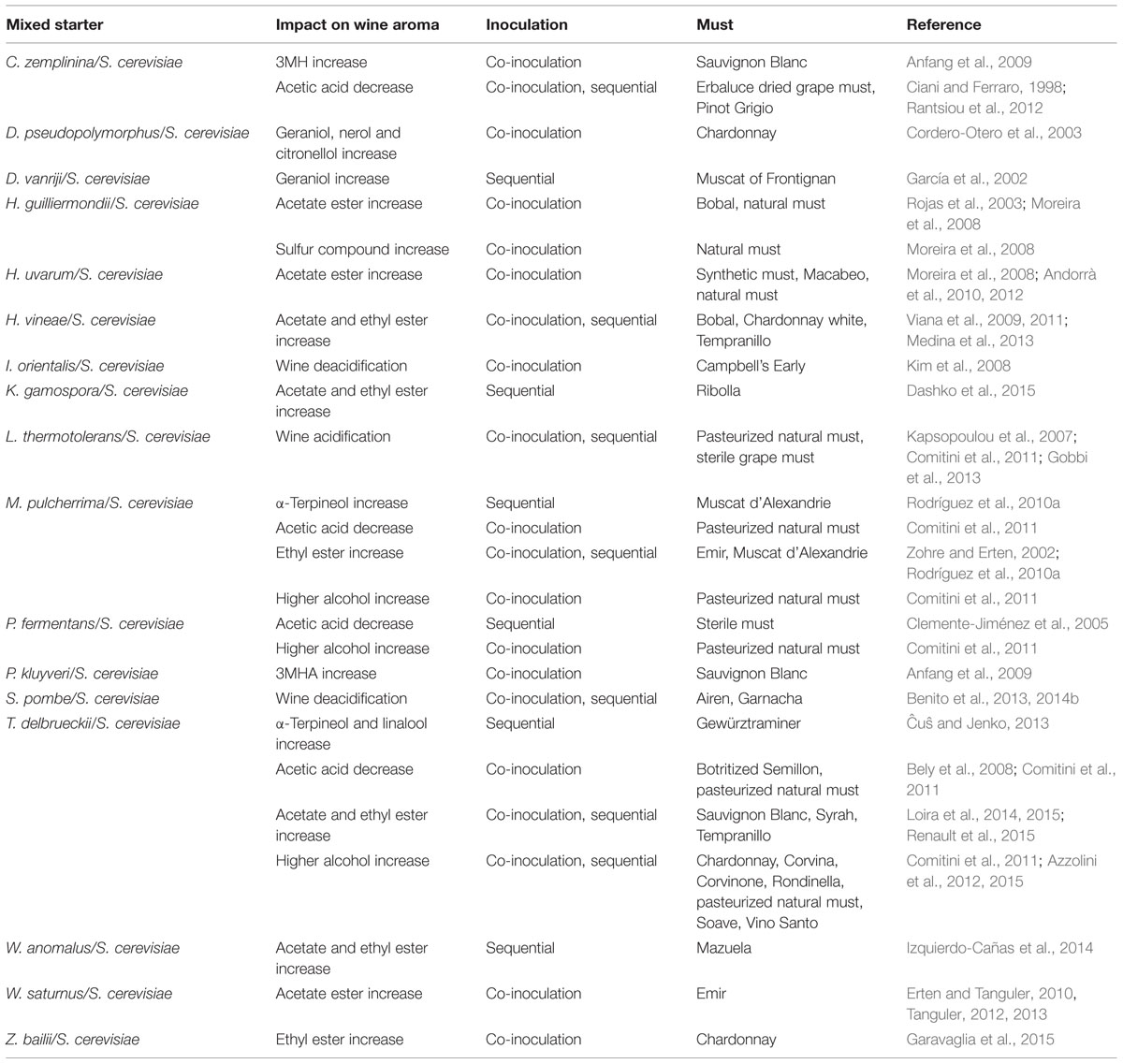

The juice used to make white wine can be extracted using various physical processes that affect the amount and timing of contact of juice with skins. Gawel, Richard Day, Martin Van Sluyter, Steven C Holt, Helen Waters, Elizabeth J Smith, Paul A White wine taste and mouthfeel as affected by juice extraction and processing. Since the environment surrounding sake yeast cells in the sake mash did not differ much from that surrounding wine yeast cells, the difference in vacuolar morphology during sake brewing between wine yeast and sake yeast was likely caused by innate characters. 10) also contained highly fragmented vacuoles during the wine-making process, they showed quite a distinct vacuolar morphology during sake brewing. Wine yeast cells (OC-2 and EC1118) contained highly fragmented vacuoles in the sake mash (moromi) as well as in the grape must.

Here, we elucidated changes in the morphology of yeast vacuoles using Zrc1p-GFP, a vacuolar membrane protein, so as to better understand yeast physiology during the brewing process. Izawa, Shingo Ikeda, Kayo Miki, Takeo Wakai, Yoshinori Inoue, YoshiharuĪlthough ethanol and osmotic stress affect the vacuolar morphology of Saccharomyces cerevisiae, little information is available about changes in vacuolar morphology during the processes of wine making and Japanese sake (rice wine) brewing. Vacuolar morphology of Saccharomyces cerevisiae during the process of wine making and Japanese sake brewing. The results could help facilitate more accurate risk assessments of tetraconazole during wine-making process. In particular, the processing factors of the fermentation process were the lowest. The processing factors of strawberry wine samples after each step were generally less than 1. The half-lives of (-)-tetraconazole and (+)-tetraconazole were 3.12, 3.76Â days with washing procedure and 3.18, 4.05Â days without washing procedure. And (-)-tetraconazole degraded faster than (+)-tetraconazole. Results indicated that there was significant enantioselective dissipation of tetraconazole enantiomers during the fermentation process.

The residues were determined by ultra-performance convergence chromatography tandem triple quadrupole mass spectrometry after each process steps. The fate of tetraconazole enantiomers in strawberries during wine-making process was studied. Liu, Na Pan, Xinglu Zhang, Shuang Ji, Mingshan Zhang, Zhihong Enantioselective behaviour of tetraconazole during strawberry wine-making process.


 0 kommentar(er)
0 kommentar(er)
